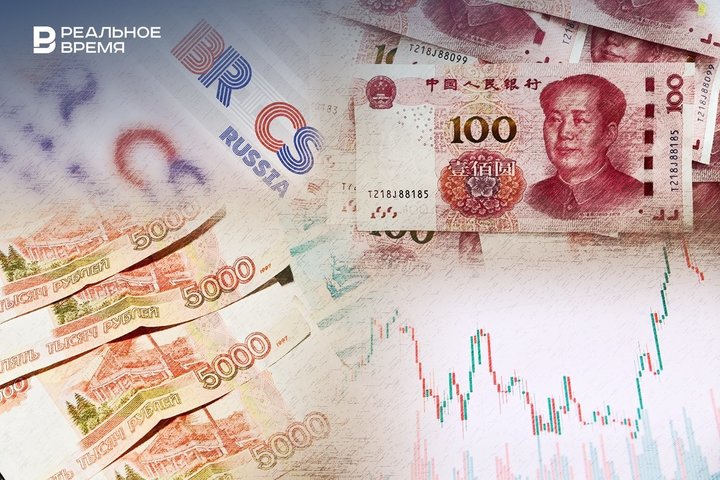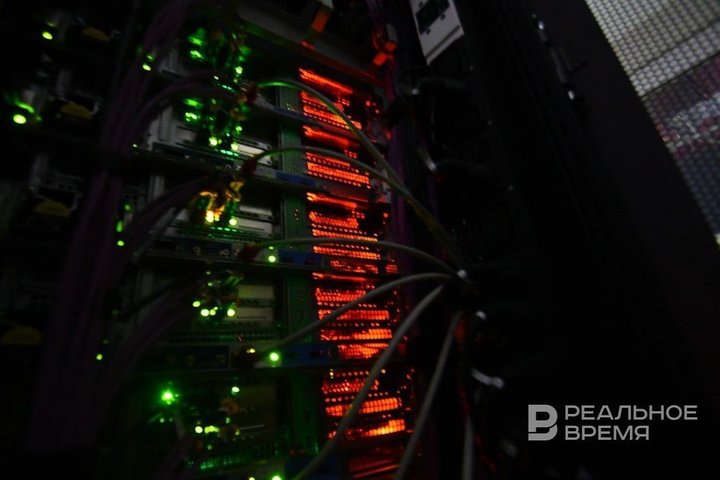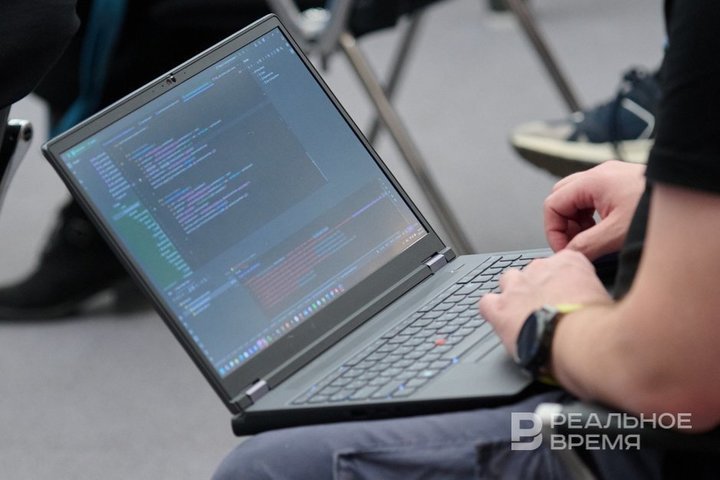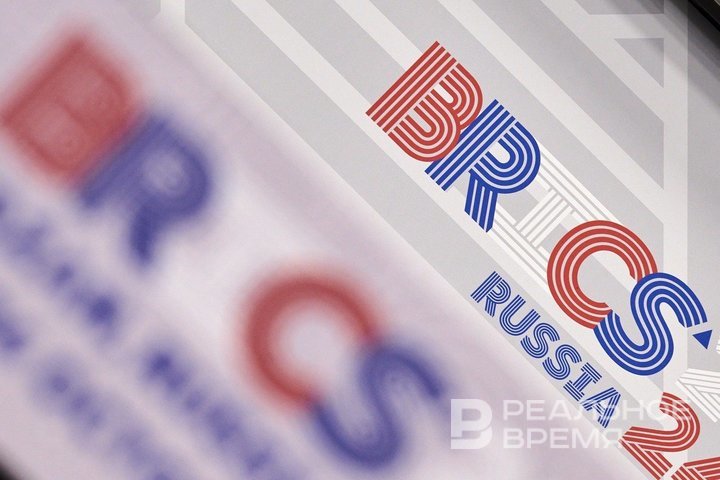BRICS digital currency: between the dream of sovereignty and the reality of technology
An economist — on the prospects of alternative BRICS payment platforms in the process of de-dollarisation

Non-BRICS countries will also have access to alternative payment platforms being created by the association, Russian Foreign Minister Sergey Lavrov stated following a meeting of the CIS Council of Foreign Ministers. Ravil Akhtyamov, a digital economist, explains in an author's column for Realnoe Vremya what prospects new financial instruments can open up, whether they will accelerate the process of de-dollarisation, and what the conditional “BRICS currency” can offer.
Why are the BRICS countries trying to reduce their dependence on the dollar?
The dollar's dominance as the world's reserve currency, secured by the Bretton Woods system, retains the United States' exclusive influence on the global financial architecture. Today, about 70% of international payments are made in dollars, which creates systemic risks for countries outside the Western economic bloc. A striking example was the situation in 2022, when sanctions against Russia demonstrated the vulnerability of access to dollar reserves and payment systems such as SWIFT.
In response, the BRICS countries have stepped up the transition to national currencies in bilateral trade. Russia and India have introduced settlements in rubles and rupees for energy supplies, China has expanded the use of the yuan in the Asian region, and Brazil and South Africa are experimenting with direct currency agreements. However, these measures face structural limitations. The national currencies of the alliance have low liquidity in global markets, and their exchange rates are subject to high volatility. For example, in 2022-2023, the ruble experienced fluctuations exceeding 30%, which increased operational risks for trading participants.

Even large-scale initiatives such as Chinese currency swaps (the total volume of agreements with 29 countries has reached 4 trillion yuan, or 553.5 billion dollars) remain temporary solutions. They mitigate the pressure of the dollar, but do not eliminate its systemic role. The key problem is the lack of an alternative mechanism capable of providing stability, liquidity and trust comparable to the dollar system. Thus, the actions of the BRICS reflect not only a reaction to geopolitical tensions, but also an attempt to revise the established principles of the global financial architecture in the context of its growing fragmentation.
The idea of a common digital currency — why is it necessary?
The BRICS digital currency could be a response to the challenges of the global financial system. It would reduce dependence on the dollar, speed up transactions and minimise the risks of sanctions. China and Russia are already taking the first steps in this direction. The Chinese digital yuan is already being tested and is tightly controlled by the state. All transactions are monitored, and smart contracts automatically block suspicious payments. The Russian digital ruble combines centralised management with elements of decentralisation, which makes it more flexible. India is experimenting with an open blockchain, focusing on transparency. However, the differences in approaches pose a problem: how can these systems be combined into a single currency?

Politics vs technology: main challenges
The creation of a common currency requires the coordination of not only technological solutions, but also political positions. The BRICS countries have differences in their approaches to project implementation. China focuses on the integration of the national currency into global processes, while India advocates a decentralised model, taking into account the multipolarity of economic interests. Russia focuses on developing independent technological solutions, while Brazil and South Africa take into account cooperation with international financial institutions. These differences are complemented by technical aspects: the use of a closed blockchain (China), a hybrid system (Russia) and an open platform (India) creates the need to develop a single standard, which is not yet available.

Technological challenges: blockchain, energy and security
Choosing a technology platform remains a difficult question. China is betting on a closed blockchain, where all nodes are controlled by the state. This provides security, but limits transparency. Russia is trying to find a balance between regulation and freedom by developing a hybrid system. India prefers an open blockchain similar to Ethereum, which increases trust but increases the risks of cyber attacks. A separate problem is energy consumption. For example, bitcoin spends the same amount of energy annually — 121 TWh — as Norway. Alternative methods such as Proof of Stake consume fewer resources, but their reliability on a global scale has not yet been proven.

Economic aspects: impact on the banking sector and the population
The introduction of digital currency may be accompanied by a number of economic challenges for the BRICS countries. In the case of mass transfers of funds to digital wallets by the population, the banking sector may face a reduction in the deposit base, which will limit lending opportunities. China, realising the potential difficulties, has set a limit of 50,000 yuan per digital wallet, but such measures are limited.
There is also a possibility of inflationary processes related to the need to regulate emissions. This will require the creation of an international coordination mechanism, but the current level of interaction between countries may make it difficult to form one. Cyber risks are an additional aspect. For example, in 2022, a hacker attack on the Poly Network blockchain resulted in the loss of $600 million, which underscores the need to strengthen the protection of digital platforms. These examples demonstrate that even advanced technologies require constant improvement of security mechanisms.

Other countries’ experience: key findings
The successful implementation of international digital currency projects depends not only on technological solutions, but also on the coordination of the actions of the participants. The example of the euro demonstrates that deep integration — common politics, a single market and mutual trust — plays a crucial role in creating a stable currency. For the BRICS, where such conditions do not yet exist, this experience points to the need for increased coordination.

The case of the digital currency DCash (Eastern Caribbean) showed that technical failures can seriously affect the functionality of the system: in 2022, the platform was temporarily disabled, which emphasised the importance of backup mechanisms. At the same time, the mBridge pilot project, which brought together China, the UAE and Thailand, confirmed the possibility of ultra-fast transactions (up to 2 seconds) between different digital currencies. However, to scale such solutions, unified standards are required, the development of which remains a difficult task.
Possible ways of development
Analysts identify three likely scenarios for the evolution of the BRICS digital currency. Pragmatic approach (2025-2027): countries will focus on ensuring the compatibility of national digital currencies for bilateral trade. This could reduce the share of the dollar in settlements from 70% to 50%, strengthening the positions of the yuan and ruble in the regions.
Phased integration (2028-2035): launch of a hybrid currency partially pegged to the dollar and gold. This will reduce dependence on the United States, while maintaining its role as a stabilising factor.
One of the likely scenarios for the development of the BRICS digital currency is a hybrid, partially pegged to the dollar and gold.

Long-term scenario (after 2035): creation of a currency backed by raw materials (oil, gas, rare earth metals). However, differences in the economic interests of exporters (e.g. Russia) and importers (e.g. India) may make it difficult to reach consensus.
Each of these options requires careful consideration, taking into account both technical and geopolitical aspects.
How to build a digital bridge to success?
Concrete steps combining practical measures and political will are needed to implement the BRICS digital currency. The first priority may be the launch of pilot projects in the energy sector, where dependence on the dollar is highest: for example, the transfer of payments for oil and gas to a digital platform. In parallel, it is necessary to create a technical consortium with the participation of experts to develop universal standards that ensure the compatibility of various blockchain solutions. To minimise the risks of volatility and speculation, it is crucial to launch a $100 billion stabilisation fund that will support the liquidity of the new currency. However, the success of these measures is impossible without compromises and confidence-building between the participating countries. If the BRICS manage to overcome their differences, the common currency will become not only a risk mitigation tool, but also a symbol of a new financial reality where technology promotes sovereignty rather than the dominance of individual players.